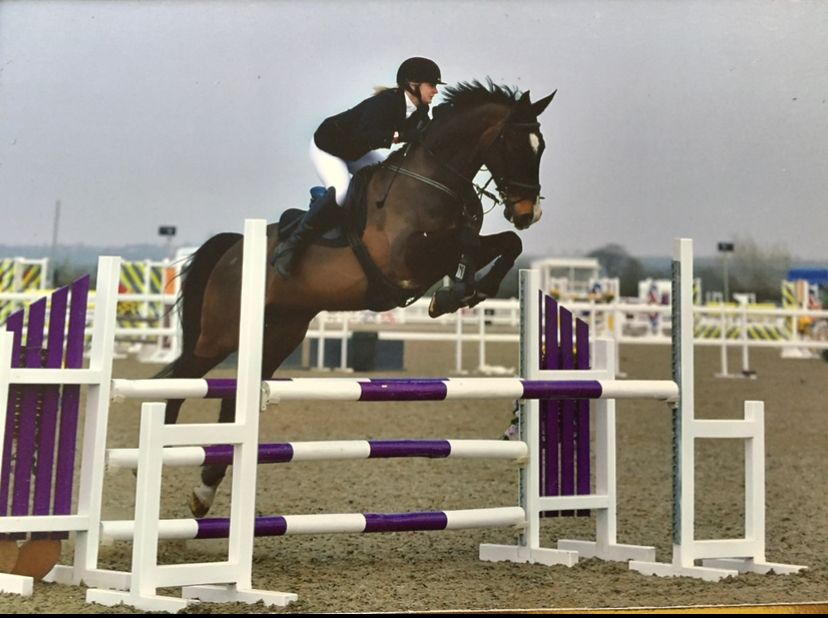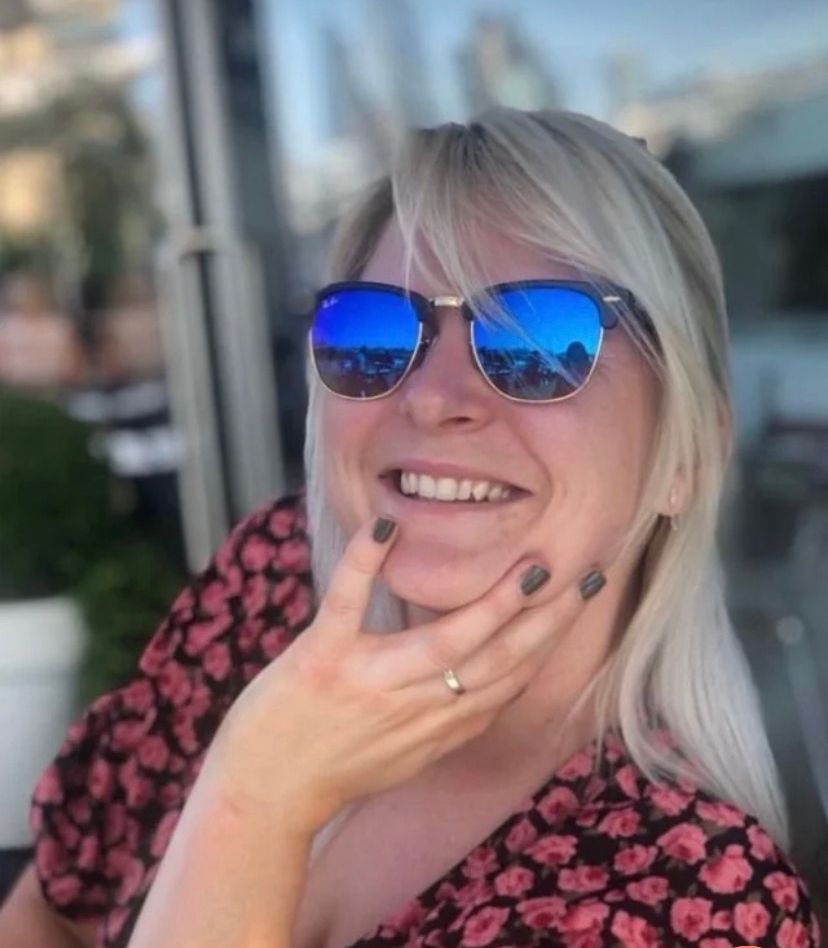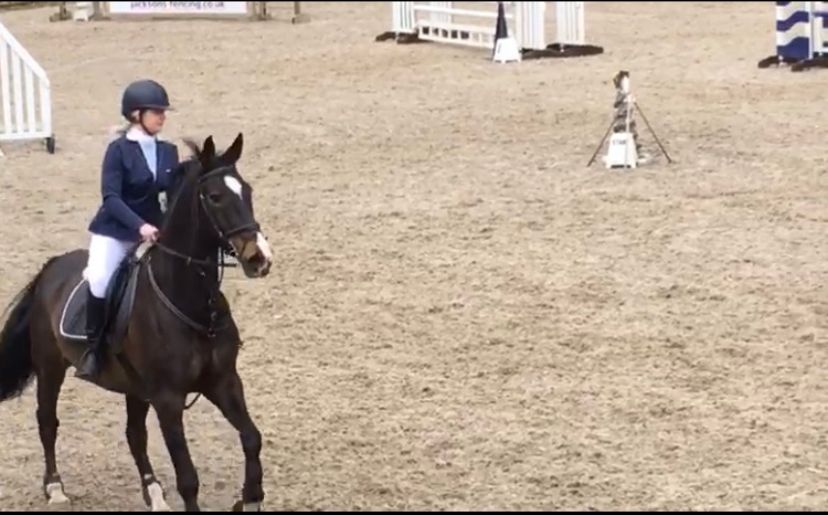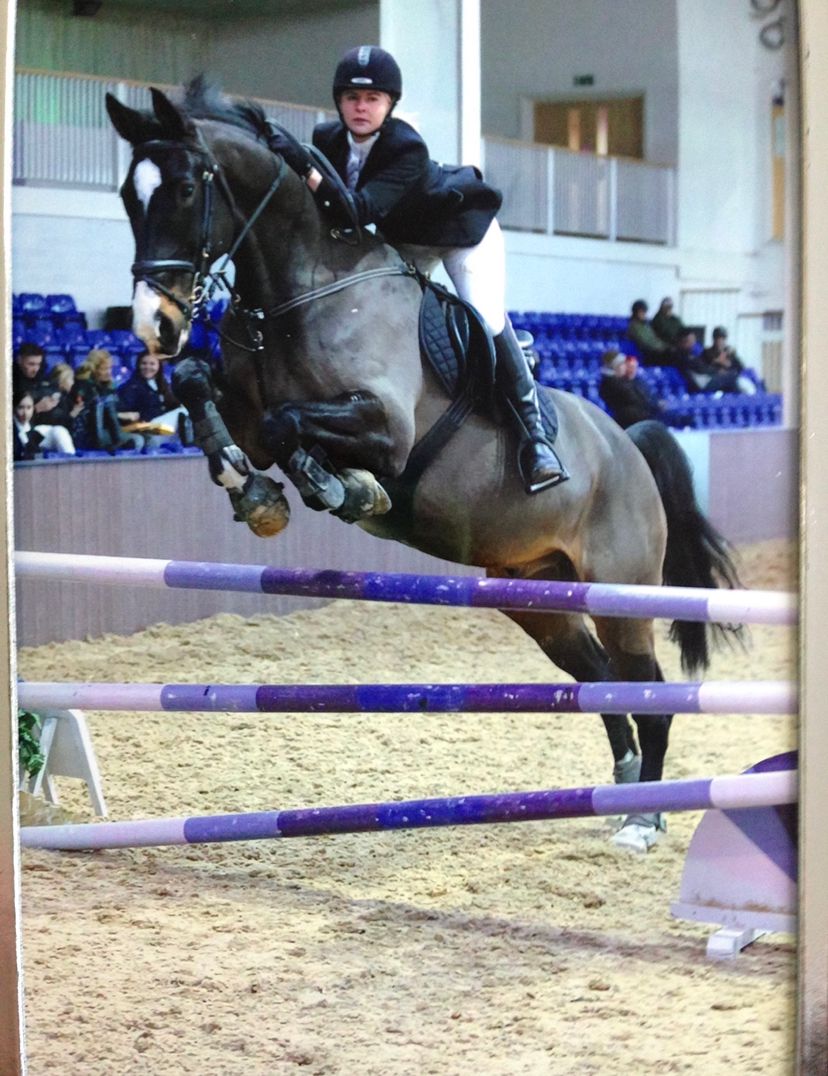Visualisation: The “Course Walk” Of Life

Ah the course walk. My least favourite part of competing. I don’t actually know why I find it so stressful. Perhaps it’s counting all those strides which I know I won’t be able to count once I’m riding my horse. Or perhaps it’s the collective nerves of the other 90+ people in there with me, all walking the same lines. Who knows?
However, if we look at course walking at its most basic and what it's designed to do…it’s a perfect analogy for visualisation, especially when it comes to goal setting. More on this later, but for now let me explain what visualisation is, and why it has become so popular as a coaching method.
Put simply, visualisation is the act of imagining different scenarios (desired or not) and practicing how you would deal with them, should they happen in real life. However, when it comes to goal setting, visualisation gives your unconscious mind an idea of what your conscious mind is actually trying to achieve, so that both parts of your mind are working towards the same goal. This is the basis of which “manifestation” works too. You picture your perfect scenario, over and over again, until there’s no question in your mind that that’s what you deserve. Your mind works towards it without you even knowing it. It’s all very clever.
The course walk is comparable to visualisation because it is a practice run before you experience the course “for real” and it's designed to help you gain the best result possible.
We can break it down further and look at each jump on that course as an obstacle that you have to overcome on the way to achieving your desired goal. Or we can look at them as “mini-goals” along the journey which you need to successfully complete in order to get you further towards your desired outcome. In actual fact, the introduction of mini goals which you can tick off along the way, is a great help for your unconscious mind to keep it on track. Your unconscious mind loves the sense of achievement, so by rewarding it every so often, you are actually more likely to achieve the end goal.
Also, while walking a course, you are memorising the route you need to take in order to complete the course successfully, and the same is true when you are planning to achieve a goal. You must have a clear “route” that you are going to take to get there. This means that you are giving your unconscious mind a clear path to follow, again making it easier for it to understand exactly what you want. During your show jumping round, if you were to take the wrong path, or cut out a jump, then you will not achieve what you set out to – the same is true for goal setting. You cannot allow yourself to cut corners or take shortcuts if you don’t want to achieve a substandard result.
There are two very important pieces of advice I can give when it comes to setting a goal. Firstly, make the goal as specific as possible, down to the smallest detail. A vague goal is much harder to achieve because your unconscious mind won’t know what it’s actually aiming for. For example, “I want to be happy” is not a goal, and neither is “I want to be a better rider”. For something to be a goal, it must state something definitive for you, and you alone. A better goal would be “I want to jump clear around a 1m course by the end of 2022”. This gives the goal a definite end, as well as a time frame.
Secondly, make the goal as real as possible in your head. Imagine you have already achieved that goal and ask yourself the following questions:
How do I feel?
What can I see/hear/taste?
Who’s with me?
By answering these questions, you are letting your unconscious mind know exactly what it is looking for in achieving this goal.
I would also recommend writing all of these points down, and if you feel confident enough to share them with a friend or family member. There have been numerous studies which show the effectiveness of sharing your goals with others, which proves that accountability is a huge factor.
Another particularly great visualisation practice that I have recently discovered involves looking at your “internal timeline”. To put it very simply, it is the action of putting yourself forwards in time to a place where you have achieved your goal. You ask yourself the same questions above, however you then look backwards in time to picture the very last action you would have made before achieving your goal. Then you move backwards again and look at the previous action before that, and so on. In this way you are working through your goal backwards so that the steps you need to take to get there are crystal clear in your mind. This is a particularly useful practice for those of us (me!) who have a goal in mind but can’t really work out the steps needed to get there.
Goal setting is a daunting task for a lot of people, especially if you feel as though you have set out on a similar journey before yet not made it to the end. The most common complaint I hear is “I just can’t stick to a goal/plan”, which is probably down to one of a few reasons:
You didn’t really want it enough.
You didn’t have a clear plan.
You didn’t have a clear end point.
And for those of you, like me in a previous life, who think that you’ve never achieved a goal before, you’ve just reached the end of this article which means you’ve achieved something you set out to do. One goal ticked off the list already!
Get out there and start “Course Walking”.





